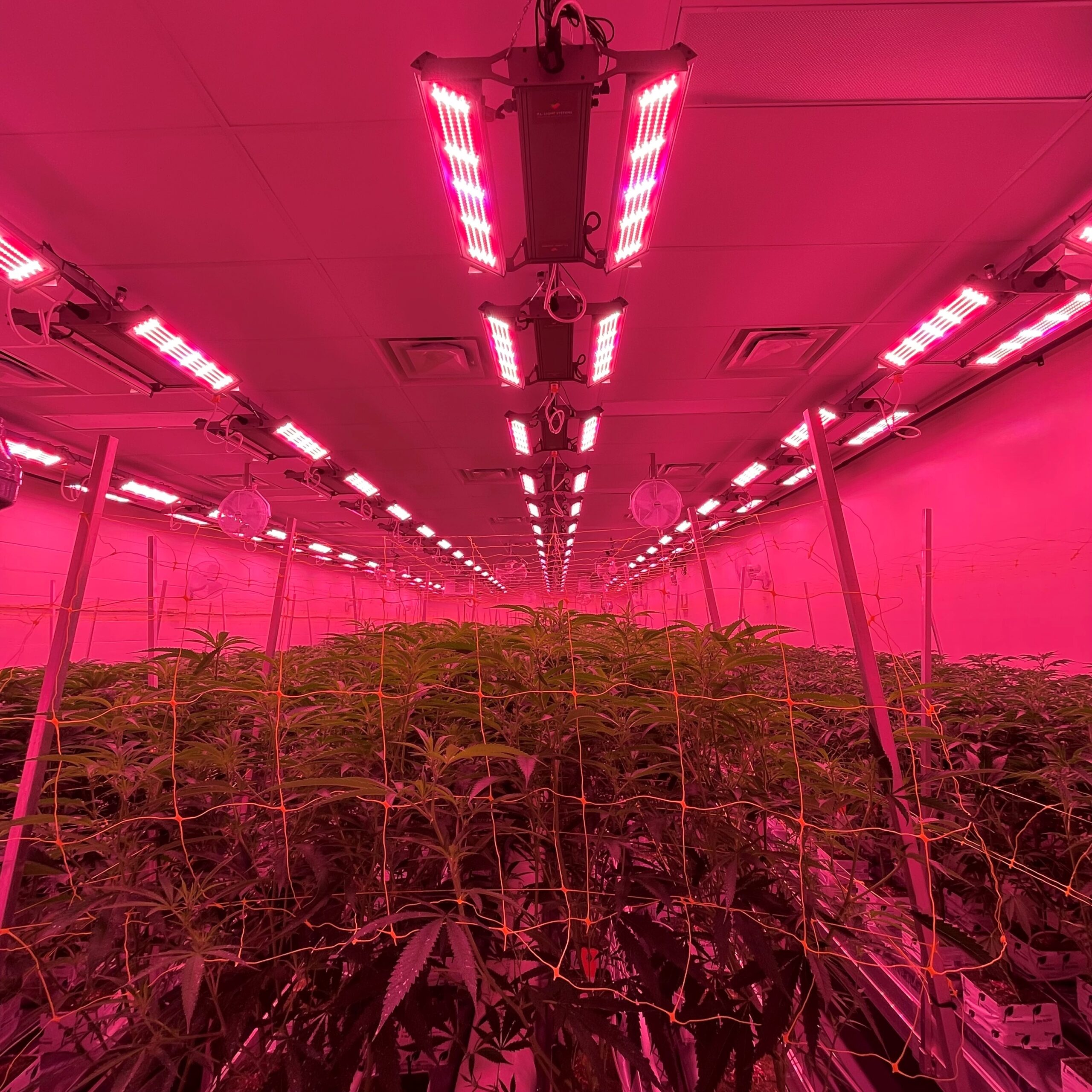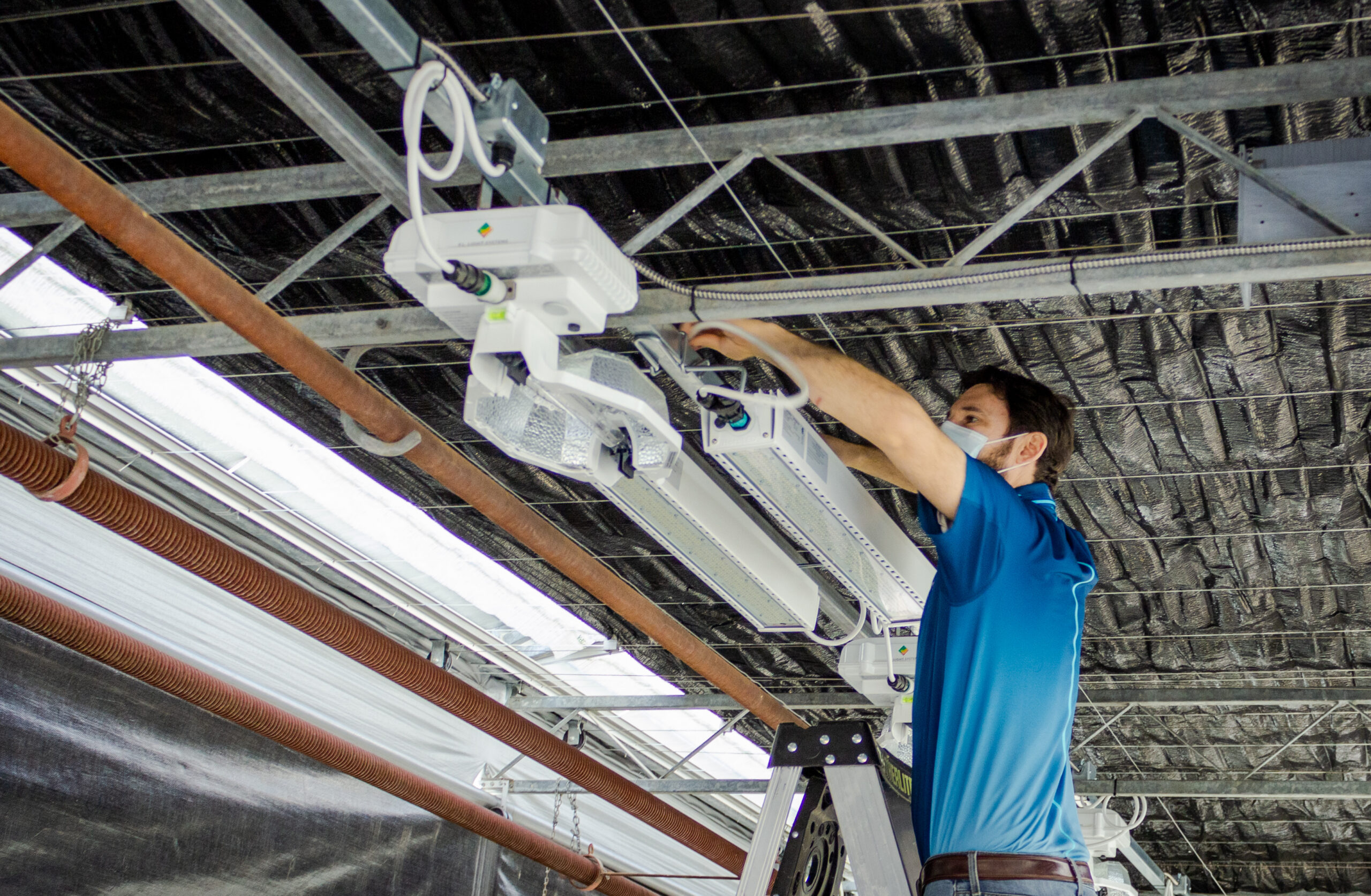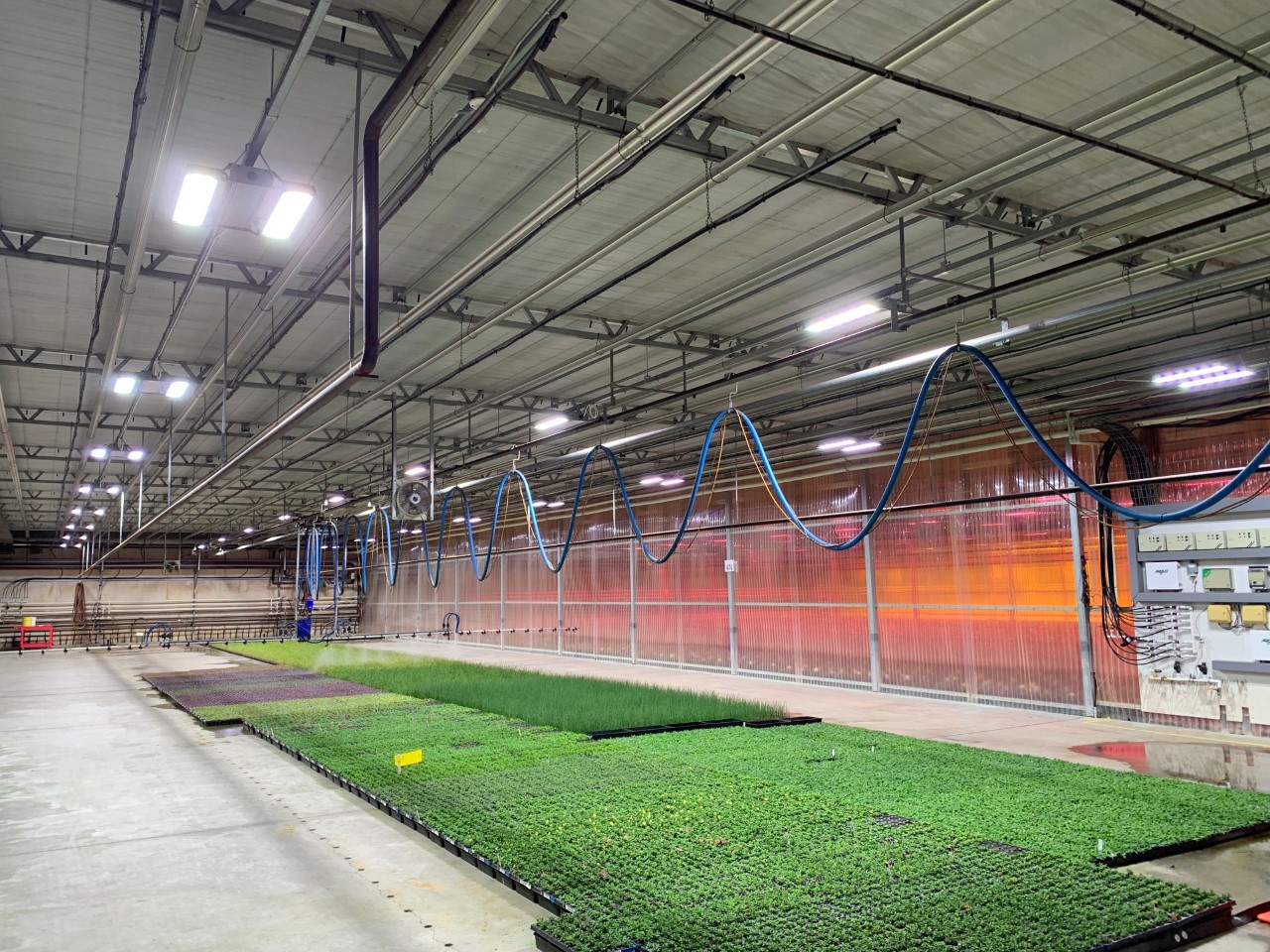As you may, or may not be aware, P.L. Light Systems engineers, designs, and manufactures its own luminaires right here in North America. It’s part of our customer-centric approach and a driving focus of our company’s 41-year history of working with our customers.
Each of our lights is thoughtfully and technically engineered, based on our deep understanding of our customers’ needs and the daily challenges they face in their operations. The design or any update(s) to an existing product is highly purposeful.
We always approach the development of a new product or changes to an existing product with the idea of making the new product simpler and easier – whether through installation, maintenance or even unboxing.
Some of the customer-centric design features found in P.L. Light Systems’ products include:
Daisy chaining of power and control. The ability to daisy-chain our LED luminaires (meaning electrical power from the main power source and the control signal from the control system can be run sequentially through multiple luminaires) results in reduced wiring and labor costs—saving growers time and money. However, it is important to remember that the number of grow lights you can run on one circuit will be limited by what voltage you have available in your facility and what else you have running on that circuit. Need more details? That is where our Regional Sales Managers come in. If you have a question about a new facility or what can be achieved in an existing facility, you can reach out and ask, or check out the various articles in our Knowledge Center on our website.
 Dimming protocols that are compatible with most control systems. Before launching a new product, P.L. Light Systems ensures that it is compatible with the control protocols of all major environmental control systems for seamless integration into any commercial growing operation. This contrasts with some other horticultural lighting manufacturers who use a proprietary control protocol, meaning luminaires can ONLY be dimmed when the customer employs that lighting manufacturer’s (paid) software solution. Aside from duplicating the lighting control capabilities of their existing environmental control system—with a proprietary lighting control protocol, the grower is also at risk of losing the ability to control their lights in the event the manufacturer goes out of business.
Dimming protocols that are compatible with most control systems. Before launching a new product, P.L. Light Systems ensures that it is compatible with the control protocols of all major environmental control systems for seamless integration into any commercial growing operation. This contrasts with some other horticultural lighting manufacturers who use a proprietary control protocol, meaning luminaires can ONLY be dimmed when the customer employs that lighting manufacturer’s (paid) software solution. Aside from duplicating the lighting control capabilities of their existing environmental control system—with a proprietary lighting control protocol, the grower is also at risk of losing the ability to control their lights in the event the manufacturer goes out of business.
Toolless mounting and installation. P.L. Light Systems also understands that installing a new lighting system–whether brand-new or retrofit installation–is a major undertaking (in both time and money). Therefore, our luminaires are designed to allow for toolless installation whenever possible.
 Use of standard horticultural connectors – allowing for plug-and-play retrofits. The use of standard Weiland connectors allows for an easy plug-and-play retrofit of existing lights when a grower decides to add additional luminaires or move to a hybrid lighting system. The Wieland connectors allow for the quick, easy, and safe disconnection of luminaires within a grow facility—saving the grower time and money when it comes to installation and/or maintenance. Wieland connectors have been used for many years within the Dutch horticultural industry for IP protection, plug-and-play functionality, and exceptional electrical safety.
Use of standard horticultural connectors – allowing for plug-and-play retrofits. The use of standard Weiland connectors allows for an easy plug-and-play retrofit of existing lights when a grower decides to add additional luminaires or move to a hybrid lighting system. The Wieland connectors allow for the quick, easy, and safe disconnection of luminaires within a grow facility—saving the grower time and money when it comes to installation and/or maintenance. Wieland connectors have been used for many years within the Dutch horticultural industry for IP protection, plug-and-play functionality, and exceptional electrical safety.
An effort to minimize Total Harmonic Distortion (THD). THD is not well understood when it comes to lighting systems – by growers and even electricians. But, this is an important consideration in the minds of our technical team when designing products. THD indicates the level of distortion of the line voltage or current due to harmonics in the signal. THD is expressed as a percentage and should be as low as possible, never exceeding 10 percent. High THD can cause stress on equipment and the electrical distribution network, resulting in increased maintenance costs and downtime. Some energy rebate programs also have a maximum THD threshold for luminaires to qualify.
Our products are designed to add as little THD to the growing operation. In doing so, we ensure the luminaires (and all your other equipment) function smoothly.
Light spectrums that are optimized for use across multiple crop types and applications. There has been a lot of talk in recent years about the benefits of using different light spectrums/recipes to achieve optimal results in your crop. Truth be told, researchers are still conducting studies on the effects of various spectrums used in CEA on different crops. Some results show certain crops or cultivars benefit under specific spectrums, while others show the opposite or a less-than-stellar response.
For that reason, P.L. Light Systems has stuck to two “tried and true” spectrums in their LED products – a full/broad spectrum and a red/blue spectrum based on what works best for most operations. For many indoor grows relying on artificial lights as the only source of light to grow plants, full or broad-spectrum “white light” LEDs are the best option. This is because broad-spectrum LEDs offer the plants a more complete spectrum, like natural sunlight. White lights are also better for staff because white light is easier to work under than blue/red light and makes plant assessment much easier. Broad spectrum “white” LED lights can be used for all stages of growth, including both vegetative and flowering growing stages.

Red and blue LEDs—often appearing pink or purple—are usually recommended for supplementary lighting in greenhouses where plants already receive full spectrum sunlight from the outdoors. Since photosynthesis peaks in the blue and red spectrums, photons are more easily converted into photosynthetic energy at these wavelengths and therefore increase the overall energy efficiency of the lights. (To read more about this, read this article.)
Our highly experienced regional sales managers will work with you to determine which spectrum will work optimally for your application, based on your specific operation, geography, plants, and desired results.
In lighting, as in most highly technical manufactured products, the key is in the details – and those details or features make the product more reliable, easier to use, and effective. So, when researching the various luminaires available, you may want to consider the more detailed (and less obvious) features. They may save you time and money and make your operation more effective.


